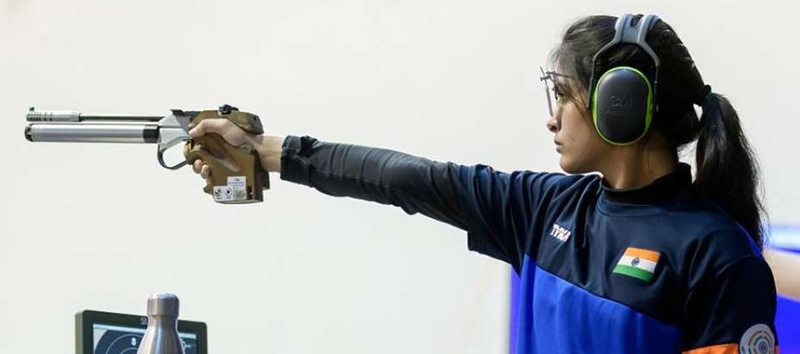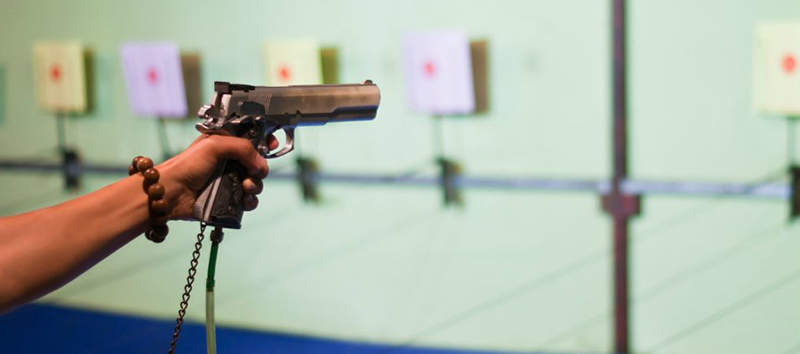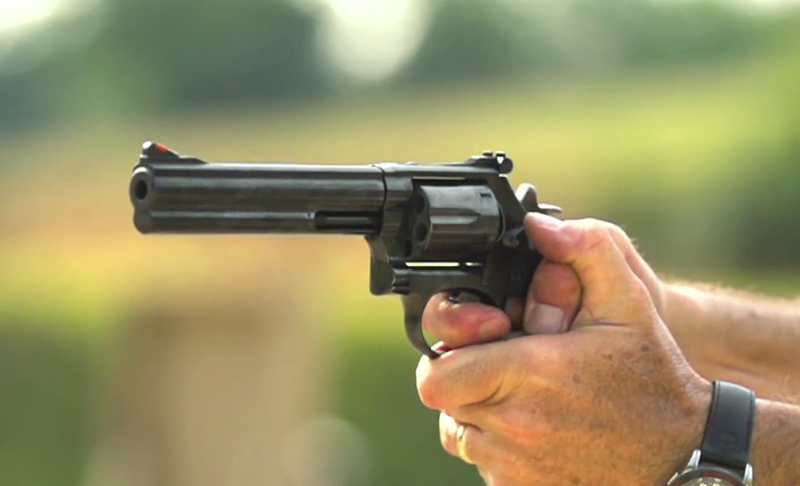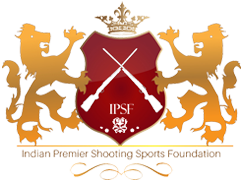Introduction to Pistol Shooting
The pistol originates in the 16th century, when early handguns were produced in Europe. The English word was introduced in ca. 1570 from the Middle French pistolet (ca. 1550).
The etymology of the French word pistolet is disputed. It may be from a Czech word for early hand cannons, píšťala “flute”, or alternatively from Italian pistolese, after Pistoia, a city renowned for Renaissance-era gunsmithing, where hand-held guns (designed to be fired from horseback) were first produced in the 1540s.
Single shot
Single shot handguns were mainly seen during the era of flintlock and musket weaponry where the pistol was loaded with a lead ball and fired by a flint striker, and then later a percussion cap. However, as technology improved, so did the single shot pistol. New operating mechanisms were created, and due to this, they are still made today.


Multi-barreled (non-rotating)
Multi-barreled pistols were common during the same time as single shot pistols. As designers looked for ways to increase fire rates, multiple barrels were added to all guns including pistols. One example of a multi-barreled pistol is the Duck’s foot pistol, which generally had either four or eight barrels, although some 20th century models had three barrels.
Revolver
With the development of the revolver in the 19th century, gunsmiths had finally achieved the goal of a practical capability for delivering multiple loads to one handgun barrel in quick succession. Revolvers feed ammunition via the rotation of a cartridge-filled cylinder, in which each cartridge is contained in its own ignition chamber, and is sequentially brought into alignment with the weapon’s barrel by an indexing mechanism linked to the weapon’s trigger (double-action) or its hammer (single-action). These nominally cylindrical chambers, usually numbering between five and eight depending on the size of the revolver and the size of the cartridge being fired, are bored through the cylinder so that their axes are parallel to the cylinder’s axis of rotation; thus, as the cylinder rotates, the chambers revolve about the cylinder’s axis.

